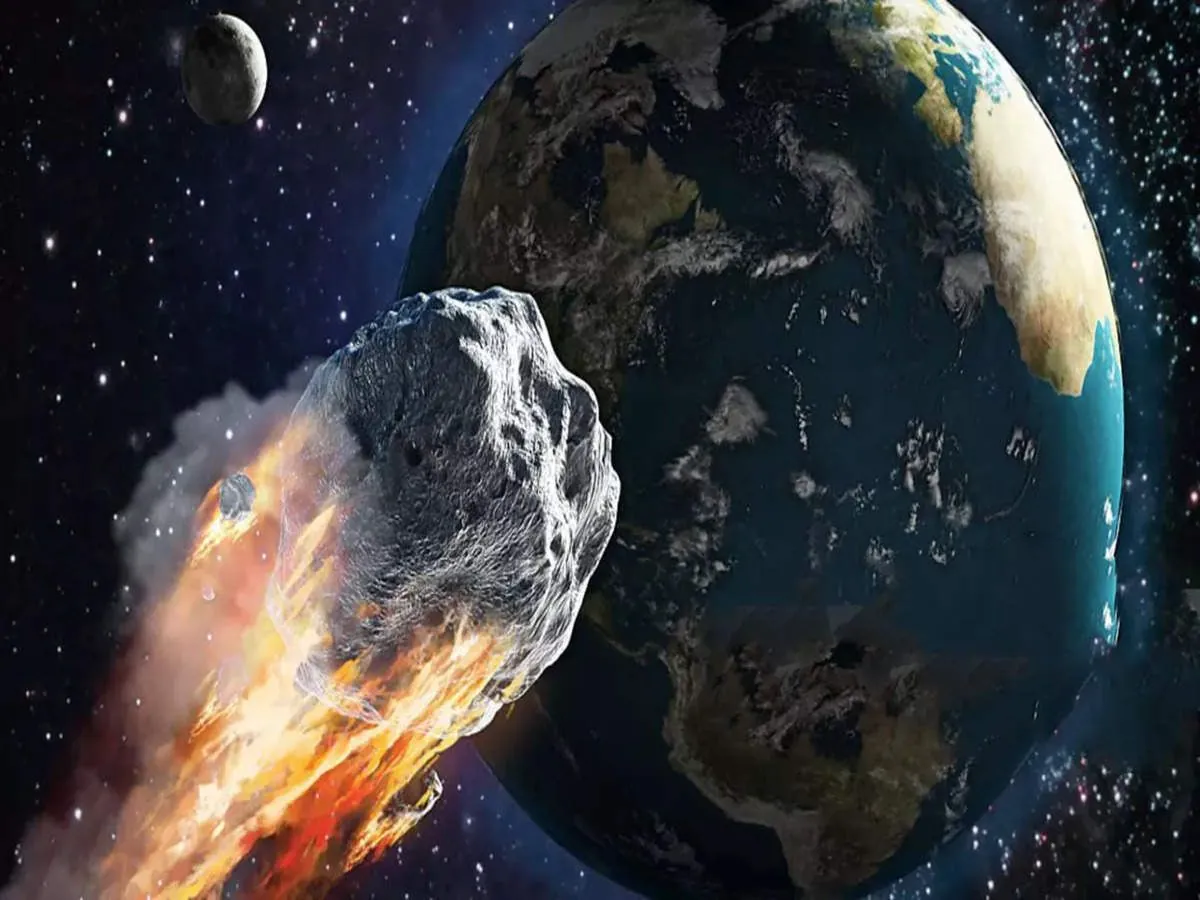A diminutive celestial body, classified as a "mini moon," is poised to briefly accompany Earth's primary satellite. This cosmic visitor, officially designated as 2024 PT5, is an asteroid approximately 33 feet (10 meters) in diameter, comparable to the size of a school bus.
Carlos de la Fuente Marcos and Raúl de la Fuente Marcos, astronomers from the Complutense University of Madrid, first identified this celestial object in August using a sophisticated telescope located at the South African Astronomical Observatory in Sutherland. Their findings were subsequently published by the American Astronomical Society, founded in 1899 as the primary organization for professional astronomers in North America.
The asteroid is expected to be temporarily captured by Earth's gravitational field on Sunday, initiating a brief orbital dance lasting approximately 57 days. During this period, 2024 PT5 will circle our planet but will not complete a full orbit. On November 25, 2024, it will resume its solitary journey through the cosmos, with its next anticipated encounter with Earth projected for 2055.
Richard Binzel, an astronomer at the Massachusetts Institute of Technology (MIT), a leading research institution in astronomy and planetary science, explains that such occurrences are likely more frequent than previously recognized. He states, "This happens with some frequency, but we rarely see them because they're very small and very hard to detect. Only recently has our survey capability reached the point of spotting them routinely."
The phenomenon of temporarily captured objects (TCOs), colloquially known as mini-moons, offers valuable insights into the dynamics of the Earth-Moon system. The first confirmed mini-moon, 2006 RH120, was discovered in 2006, highlighting the relatively recent nature of our ability to detect these transient visitors.
It's worth noting that while 2024 PT5 will not be visible to the naked eye or through amateur telescopes, its presence underscores the ongoing advancements in astronomical observation techniques. The detection of such small objects is crucial for understanding near-Earth asteroids (NEAs) and potential impact risks.
The study of mini-moons also contributes to our understanding of the asteroid belt, a region between Mars and Jupiter where most asteroids orbit. The largest known asteroid, Ceres, with a diameter of 940 kilometers, dwarfs 2024 PT5, illustrating the vast size range of these celestial bodies.
As we continue to improve our ability to detect and track these temporary companions, scientists are exploring potential applications, including the possibility of capturing mini-moons for scientific study or resource extraction. However, such endeavors must be balanced against growing concerns about space debris and its impact on future space exploration.
The discovery of 2024 PT5 serves as a reminder of the dynamic nature of our cosmic neighborhood and the ongoing efforts to understand and catalog the myriad objects that share our solar system.
